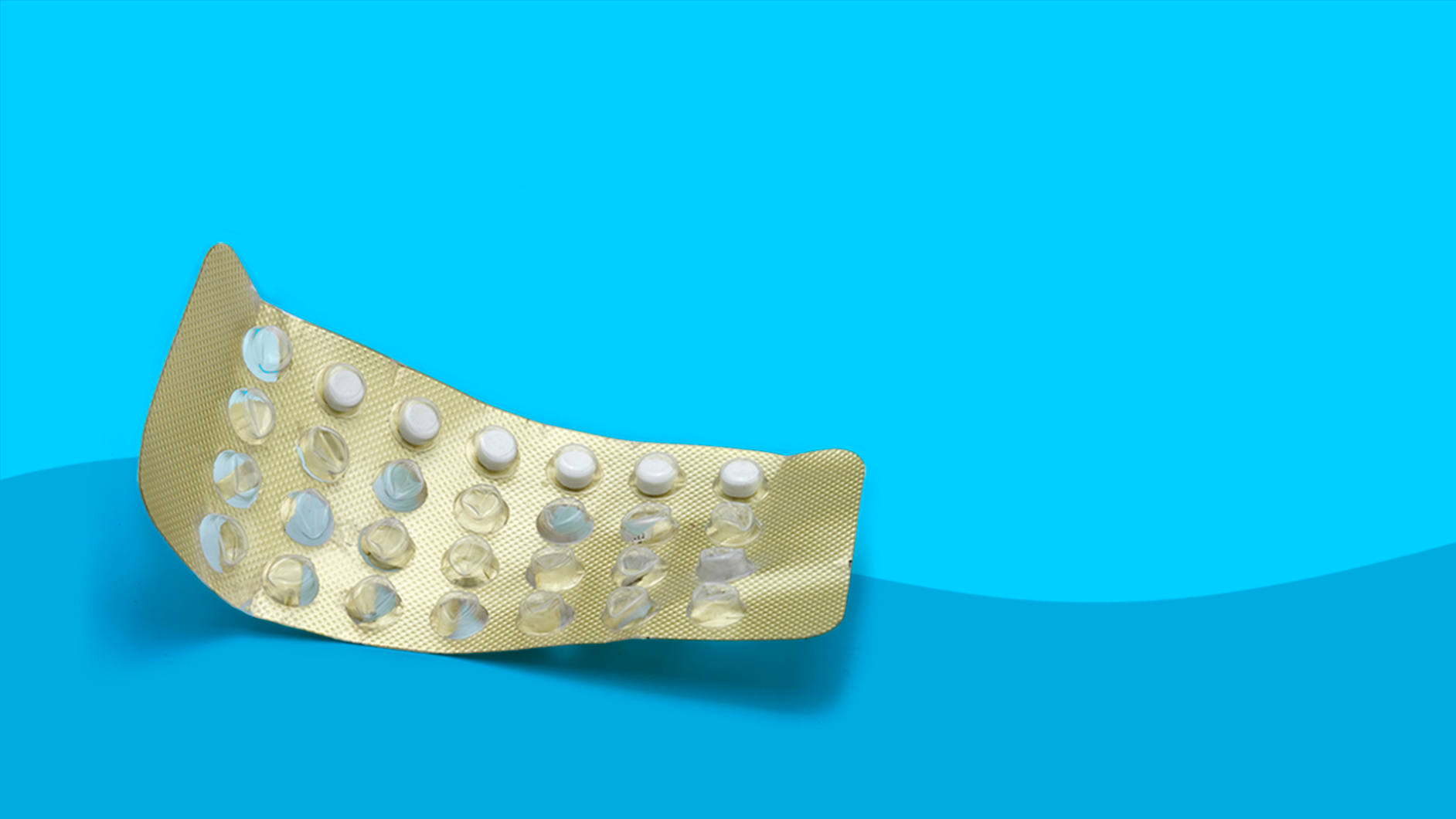Key takeaways
Leftover painkillers and other medicines pose a significant risk of misuse and can contribute to the opioid crisis, emphasizing the need for proper disposal of unused medications.
Local drug disposal programs, available at some pharmacies, hospitals, clinics, and police stations, are recommended by the U.S. Food & Drug Administration for the safe disposal of unwanted medications.
Certain medications, particularly those with a high potential for abuse, should be flushed down the toilet as a disposal method, despite environmental concerns, to prevent drug diversion and abuse.
If take-back programs or flushing are not options, unwanted drugs can be disposed of in the household trash by mixing them with unappealing substances and removing personal information from prescription bottles to ensure privacy and reduce the risk of consumption by unintended parties.
Open up your medicine cabinet. Chances are pretty good that you’ve got some old medicines in there somewhere. Holding on to unused drugs might seem like no big deal, but they may be putting people in danger.
“The biggest concern is that leftover painkillers get used by someone other than for whom they were prescribed. It’s a significant driver of the opioid crisis,” said Craig K. Svensson, Pharm.D., PhD, dean emeritus and professor of medicinal chemistry and molecular pharmacology at Purdue University College of Pharmacy.
But leftover painkillers aren’t the only medicines to watch out for—even surplus antibiotics and other drugs can pose a threat. “I worked at a poison control center for years, and I can’t tell you how often children were poisoned after getting into prescription medicines,” said Svensson.
Don’t just toss those pills in the trash, though. It’s important to learn how to dispose of medication safely. Here’s what to do with your unwanted old prescriptions.
1. Check for a local drug disposal program
One of the best ways to get rid of your unused or expired medicines is through a local disposal program, according to the U.S. Food & Drug Administration.
“A number of pharmacies have medicine take-back programs. It’s usually a drop box inside the pharmacy where you put your prescription bottles and the pharmacy will dispose of them safely,” said Svensson. Select CVS pharmacies accept unneeded prescription medications. Walgreens pharmacies offer DisposeRx boxes at select locations.
Some hospitals, clinics, and police stations also accept unwanted medications for safe drug disposal. You can find controlled substance disposal locations in your area through the United States Drug Enforcement Administration (DEA).
RELATED: How pharmacists can help prevent prescription drug abuse
2. Flush dangerous medicines
Can’t find a medicine take-back program in your area? Don’t worry—you’ve got a disposal option right in your own bathroom: the toilet.
“You should flush any drugs that someone could potentially abuse, such as opioids or Xanax,” advised Svensson.
Not every type of drug should be flushed. Before you empty your bottles in the toilet, look for disposal instructions that may have come with your prescriptions. Or, use the FDA’s recommendations. The drugs you should flush include (see link for examples of brand names where these ingredients can be found):
- Benzhydrocodone/acetaminophen
- Buprenorphine
- Fentanyl
- Diazepam
- Hydrocodone
- Hydromorphone
- Meperidine
- Methadone
- Methylphenidate
- Morphine
- Oxycodone
- Oxymorphone
- Tapentadol
- Sodium oxybate
While there’s some concern that flushing medicine down the toilet may harm the environment, the potential threat that these dangerous pills pose to people is a much bigger worry, said Svensson.
“The risk of people diverting and abusing drugs is really high and partly driving the opioid crisis, so flushing those particular drugs is the best way to avoid that,” he explained.
3. Throw unwanted drugs in the trash
While bringing drugs that shouldn’t be flushed to a take-back program is preferred, you can toss them in your household trash if necessary. The key is to make them as unappealing as possible.
“You need to put the medicine in the trash in a way that animals and people won’t consume them,” said Svensson.
The FDA recommends mixing the medicine with something unsavory, such as kitty litter, coffee grounds, or dirt. Then, empty the mixture into its own container, like a resealable plastic bag (to prevent leakage), and place that in your trash can.
Your pill bottle should also be thrown out or recycled. Use a permanent marker to black out any personal information, like your name, address, prescription number, and the name of the medicine, in order to protect your privacy. Better yet, peel off the entire label if possible.
It might seem like a cluttered cabinet is a problem caused by unwanted medicine. But when certain pills end up in the wrong hands, the consequences can be deadly. Store your prescriptions safely—and dispose of them properly when you no longer need them.




